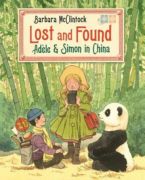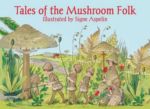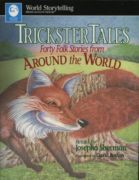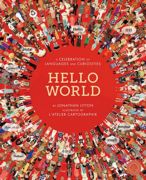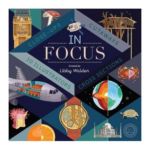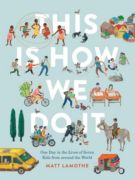
Follow the real lives of seven kids from Italy, Japan, Iran, India, Peru, Uganda, and Russia for a single day! In Japan Kei plays Freeze Tag, while in Uganda Daphine likes to jump rope. But while the way they play may differ, the shared rhythm of their days—and this one world we all share—unites them.




